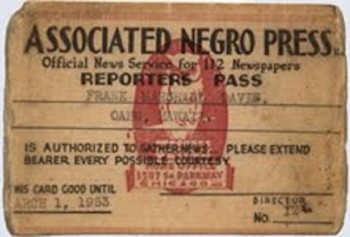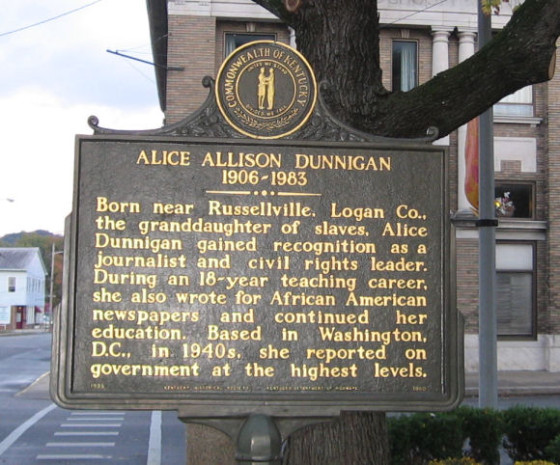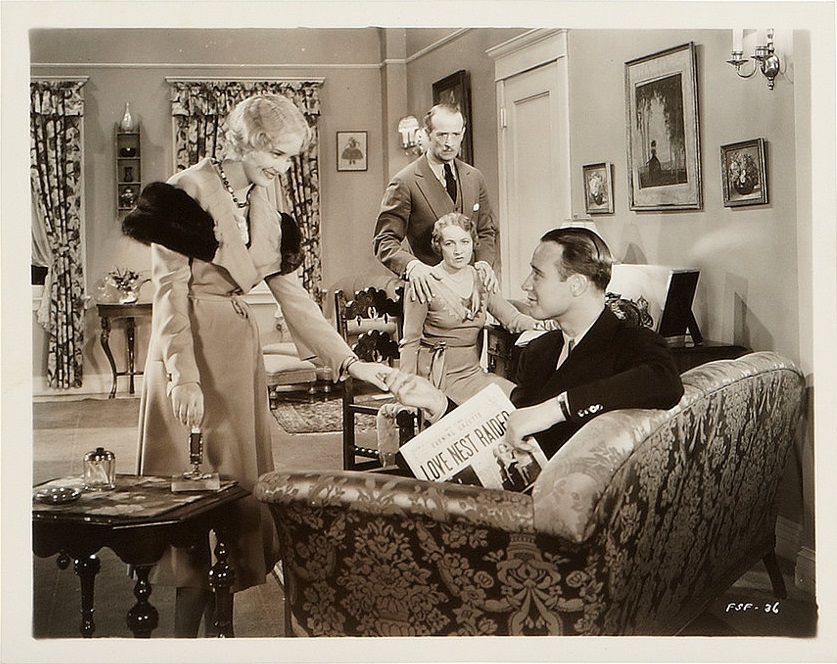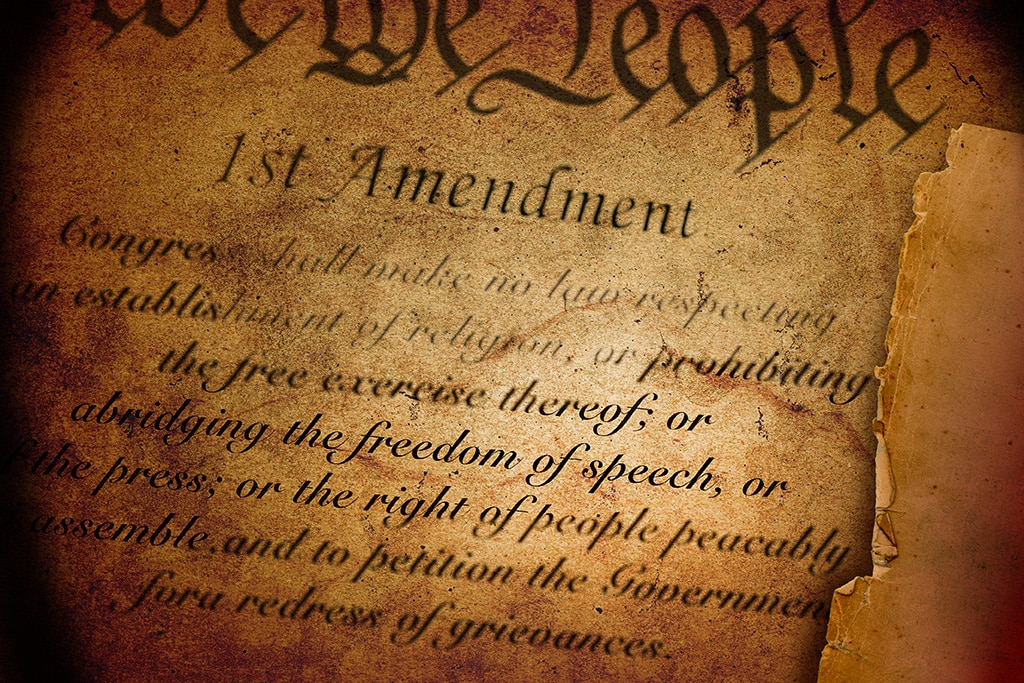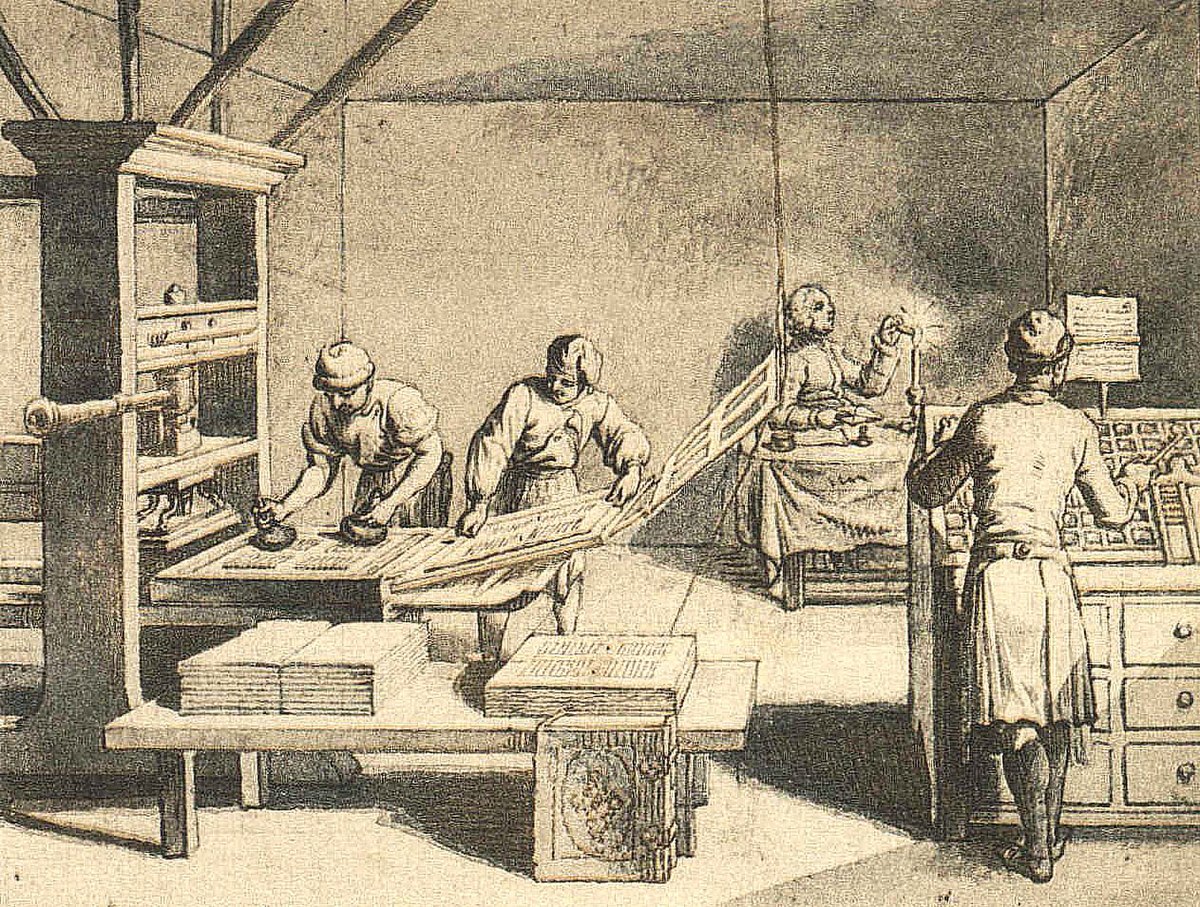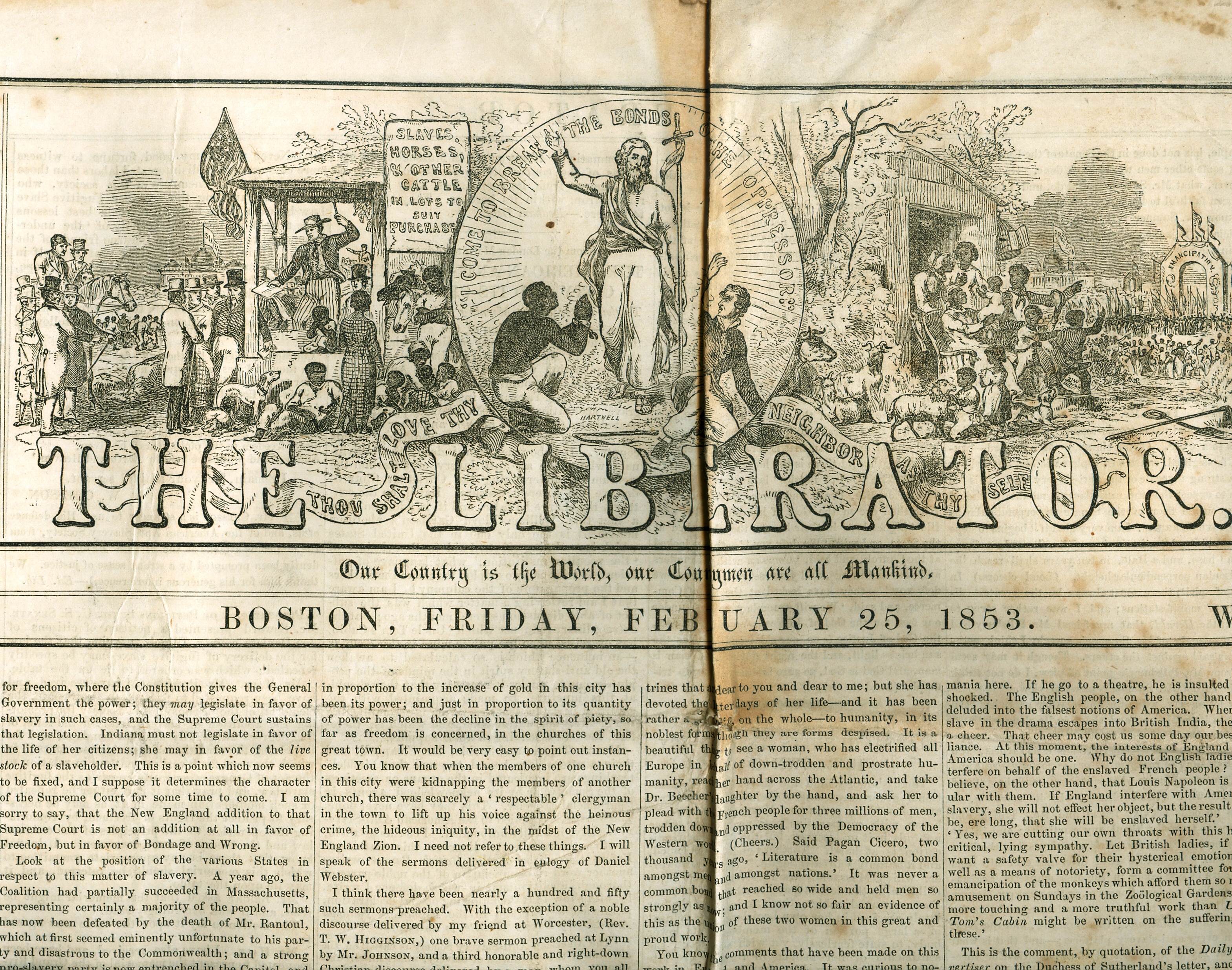.jpg) |
| Alice Allison Dunnigan |
Alice Dunnigan, a black journalist, made history even with all odds against her. Born April 27, 1906, and passed May 6, 1983. This woman made history as the first black woman allowed to report from the State Department, the House of Representatives, the Senate, the Supreme Court, and the White House.
Mrs. Dunnigan's writing started early in life. By age 13, she wrote short news articles for her local paper, Owensboro Enterprise. Born in Kentucky, she paid for her schooling through working for cleaning services and any jobs available during the Jim Crow Era. Living during this time made it hard not only as a woman but also as an African American woman. Dunnigan education started at Knob City High School, now known as Kentucky State University. She received degrees from Normal and Industrial West Kentucky College, Louisville Municipal College, Tennessee A&I, and Howard University. Allison Dunnigan was also a member of the black sorority Sigma Gamma Rho at these universities.
As an adult, Dunnigan wrote for a multitude of papers in Kentucky. She wrote for Lousiville Defender,
and Derbytown Informer. A few years later, Dunnigan moved to Washington, D.C., during World War 2. She came to D.C. and became a typist for the Labor Department. In the late 1940s, she became the Chief of the Washington Bureau for American Negro Press (
ANP) which provided 100 newspapers to the United States and Africa.
Even working up north in D.C., Dunnigan was still affected by Jim Crow and segregation. It affected her where she could live, transportation, eat, and pay rate. When the Washington Bureau first hired her, she was the first black woman to be hired and was considered a "trial" hire. During the first month of work, she was paid half a cent per word, but after complaining that this wage was unlivable, she upgraded to a full cent.
While working for the Associated Negro Press(ANP) it was poorly funded but still found a way to produce news articles for the public.
Along with ANP, the National Newspaper Publishers Association was another black-owned newspaper company. These newspaper companies were denied access to report on the Capitol Press galleries covering Congress.
Even with race and gender holding Alice back, she continued fighting and later reached her goal of being allowed in. Alice's famous motivational words, "Race and sex were twin strikes against me. I'm not sure which was the hardest to break down."
Continuing her fight for years, Alice was allowed into the
White House Press Corp. After being accepted, President Harry Truman allowed her to join his cross country whistle stop tour. Dunnigan dilemma was that while other networks paid for their journalist to attend the Associated Negro Press did not causing her to pave her own way to afford accommodations.
While on tour in 1948, Dunnigan wrote about the early civil rights movement and desegregation, allowing equal opportunity for all. Even without financial support, she managed to report on Congress, Federal Agencies, and the White House. Even with Dunnigan noteworthy stories, she still received no financial support from her boss.
With no financial support and the odds against her because of her race and gender, Dunnigan was never afraid to question government officials and the president about the struggles blacks faced in different government agencies and life.
Once President Truman's term was over Eisenhower stepped up and was not as open to answering questions that revealed the harsh truth.
Alice Dunnignan's journalistic career ended 190 during President John F. Kennedy election. This did not stop her work for equality as she became a consultant for the Presenditial Committee on Equal Employment Opportunity.
Accomplishments- received 50 awards in her lifetime
- worked as a White House Correspondent under four administrations: Truman, Eisenhower, Kennedy, and Johnson
- Honorary Doctorate degree from Colorada State College
- First African American member of the Women National Press Club
- 1974 Published Autobiography "A Black Woman's Experience: From Schoolhouse to the White House"
- 1982 Published "The Fascinating Story of a Black Kentuckian"
- 1982, was indicted into the Kentucky Journalism Hall of Fame


.jpg)

